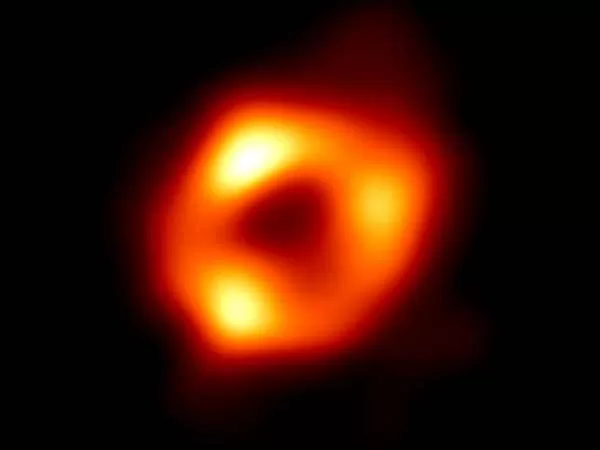Citizen Scientists Score Epic Discovery
Imagine gazing at the night sky and uncovering a celestial object so extraordinary, it’s on a one-way trip out of our galaxy! This incredible feat wasn’t achieved by a team of professional astronomers with high-powered telescopes, but by a group of citizen scientists participating in NASA’s Backyard Worlds: Planet 9 project.
This remarkable discovery involved a hypervelocity object, nicknamed CWISE J124909.08+362116.0, moving at a mind-blowing speed of over a million miles per hour. It’s so fast, it will escape the Milky Way’s gravitational pull and venture into the vast unknown of intergalactic space.
“This is a game-changer,” exclaimed Kabatnik, a citizen scientist from Nuremberg, Germany, who spearheaded the discovery. “When I saw its speed, I couldn’t believe it hadn’t been identified before!”
Kabatnik, along with fellow citizen scientists Thomas P. Bickle and Dan Caselden, analyzed data from NASA’s Wide-field Infrared Survey Explorer (WISE) mission, which mapped the sky in infrared light between 2009 and 2011. Their meticulous analysis led them to CWISE, a faint streak across the vast cosmic canvas.
Adding to the intrigue, CWISE possesses a low mass, blurring the lines of conventional celestial body classification. It might be best described as a brown dwarf, a “failed star” lacking the mass to ignite nuclear fusion. While Backyard Worlds has identified numerous brown dwarfs, none have exhibited such incredible speed.
The origin of CWISE’s extreme velocity remains a mystery, but astronomers have proposed two intriguing possibilities. One theory suggests it’s the remnant of a white dwarf, a collapsed star, that exploded with enough force to propel it into interstellar space. Another theory proposes it was ejected from a globular cluster – a dense collection of stars – by a close encounter with a pair of black holes.
“Imagine a cosmic slingshot,” explains Kyle Kremer, incoming assistant professor at UC San Diego’s Department of Astronomy and Astrophysics. “The interaction between the object, the black holes, and the cluster could have flung it out at this incredible speed.”
This discovery highlights the invaluable role citizen scientists play in advancing astronomical research. NASA actively encourages people worldwide to join the Backyard Worlds project and contribute to future breakthroughs. Citizen science isn’t limited to space exploration – these dedicated volunteers have also proven instrumental in projects combating climate change.
So, the next time you gaze up at the night sky, remember: you might be the one to spot the next intergalactic wanderer! With a little curiosity and NASA’s freely available resources, you could become the next citizen scientist to make a groundbreaking discovery.

